Microsoft is working on an AI-powered posture correction system for Windows users
The system works with a lot of devices, including laptops, and smartphones.
4 min. read
Published on
Read our disclosure page to find out how can you help Windows Report sustain the editorial team. Read more
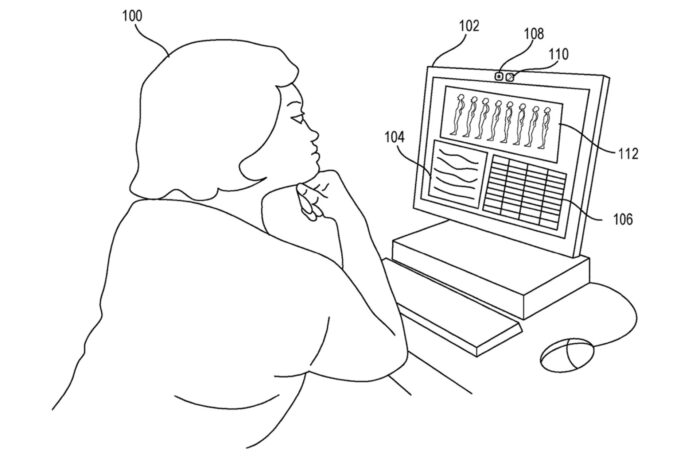
Did it ever happen to you that you were sitting in a slouched position over your computer for many hours working or standing up and noticed your posture needed some improvement? The truth is, there may be high-tech help soon so that we can stand a bit straighter.
Microsoft has been developing a computer-based posture assessment and correction system. This effort intends to address the usual problem of bad posture, which has become worse because we spend more time facing screens.
This system has two main parts: a posture assessment machine and a correction machine. These elements provide an advanced method of using technology to improve posture.
The machine for checking posture uses different sensors, including cameras. These capture images of a person, which are then analyzed to determine their body position. It’s similar to having a private posture coach who can visually understand how you are sitting or standing each moment they observe you, but it does not end with this.
After checking your posture, the real magic happens with the posture correction machine. This machine makes a copy of you virtually, one with ideal posture, and then it shows an image combining both—yourself with an improved stance and your virtual twin who stands straight next to you.
Imagine seeing a photo of yourself hunched over beside another version of yourself, standing strong and tall. It’s a powerful visual cue to straighten up!
The most fascinating part is the inclusion of real-time feedback. It can portray how near your posture is to the perfect by superimposing guidance onto the combined picture. So, it acts as an instant individualized guide for rectifying your posture.
Additionally, you can pick a “best-match” copy among various choices if you prefer some adjustment. This way, the response will be adjusted to what is most beneficial for you.
And it is not only about seeing how you sit or stand in one instant because the system can monitor your posture over a period of time. This will show you how your posture changes during the day or various activities. For example, it may reveal that after sitting for an hour at work, your posture tends to worsen slightly.
Such information could help pinpoint patterns or particular moments when one’s posture deteriorates, leading to focused enhancements. It might also focus on the advantages of maintaining good posture. It is a tool of broad scope for health and efficiency, indicating benefits like enhanced productivity or well-being.
This system’s technology is quite impressive. It uses machine learning models that understand different signals, like images from cameras or audio signals showing possible changes in posture; it merges artificial intelligence with useful purposes for bettering our normal routines.
The posture correction system from Microsoft showcases a new method of handling physical health within this digital era. It is not just about reminding us to sit straight; it aims at making technology assist in developing enduring changes for our behavior and well-being.
The system would work on many devices, and its structure implies that it can be integrated with cloud software, so Microsoft might eventually update Copilot to allow such a capability, and it wouldn’t be the first time: the Redmond-based tech giant recently published a patent that suggests Copilot might end up predicting weather conditions, such as heavy storms.
The concept related to computer-based posture assessment and feedback functionality discussed herein are broadly applicable to any suitable type of computer or computing system including a laptop computing device, a mobile computing device, smartphone, a wearable computing device, a mixed/augmented/virtual reality computing device, or another type of user computer.
If you are a big gamer, work from home, or spend a lot of time looking at screens, this could be the answer we all have been waiting for to end our posture problems.
You can read the full paper here.

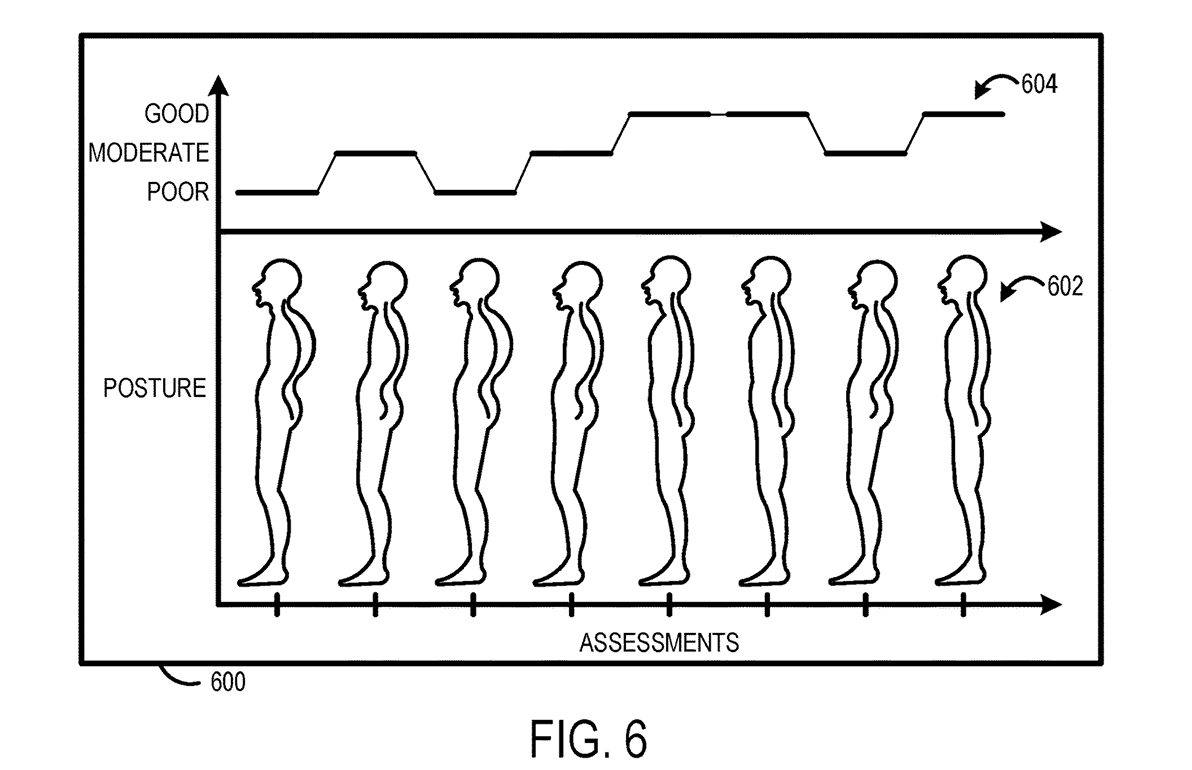
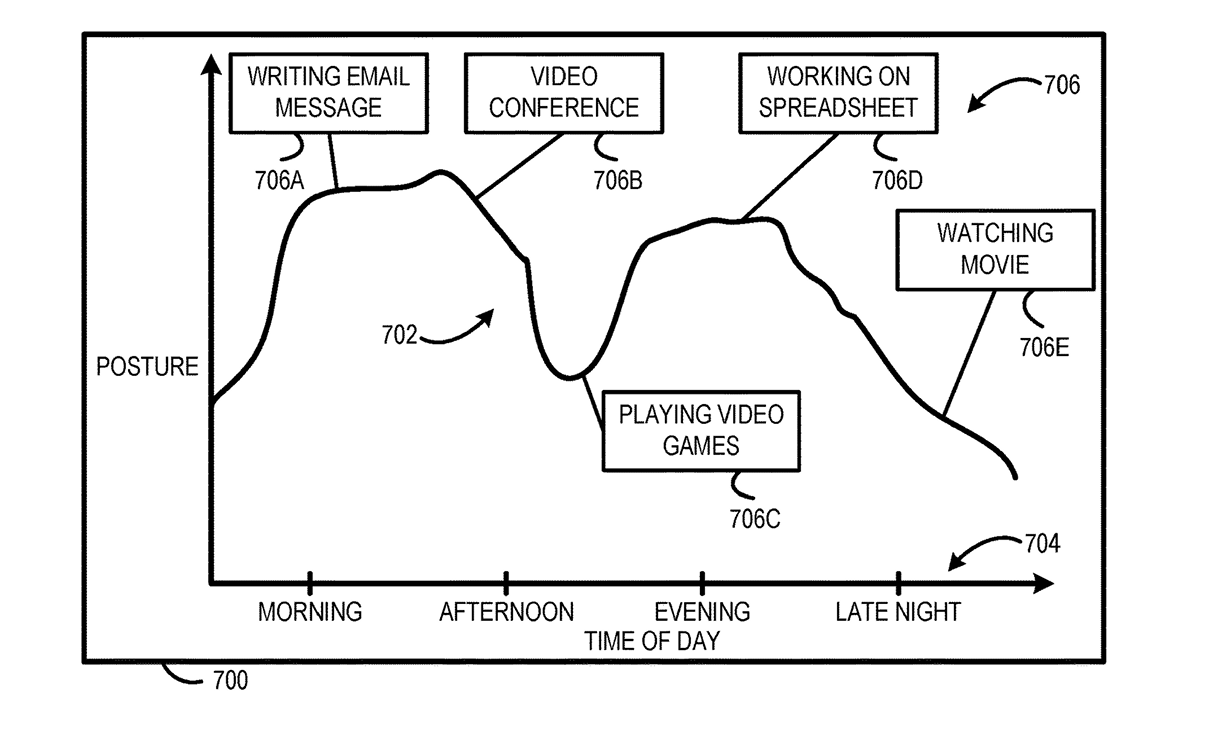
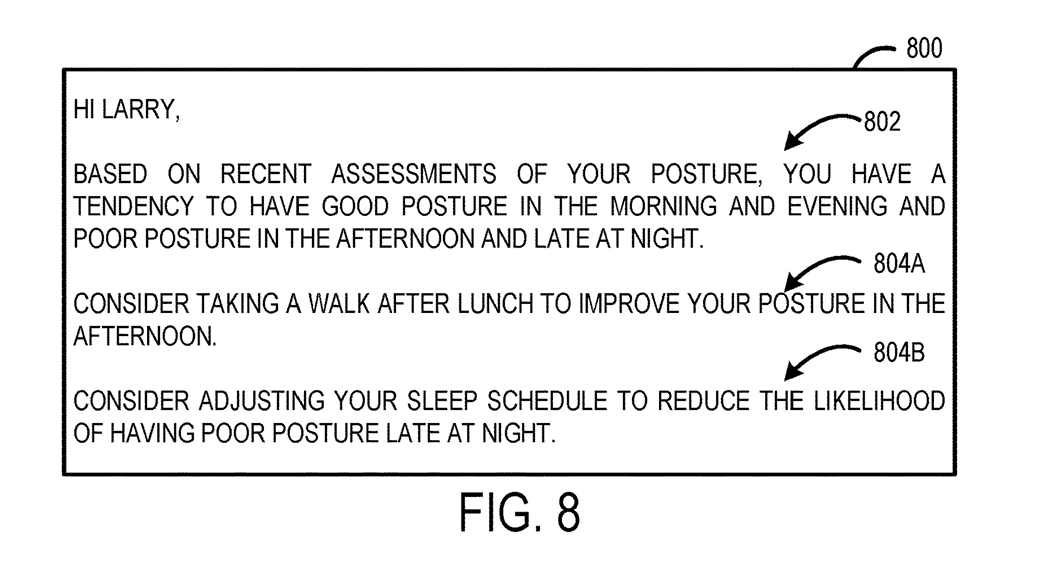





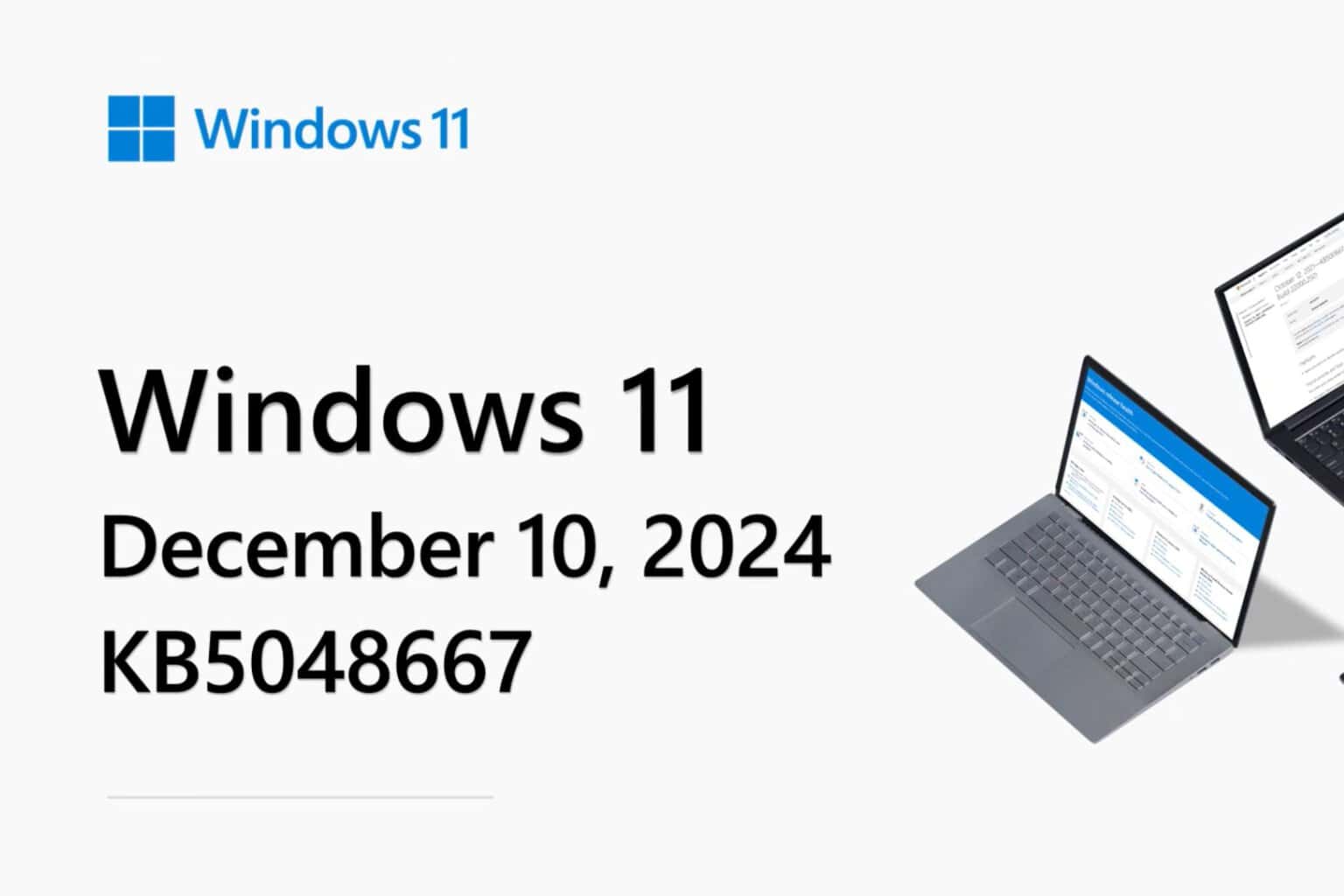
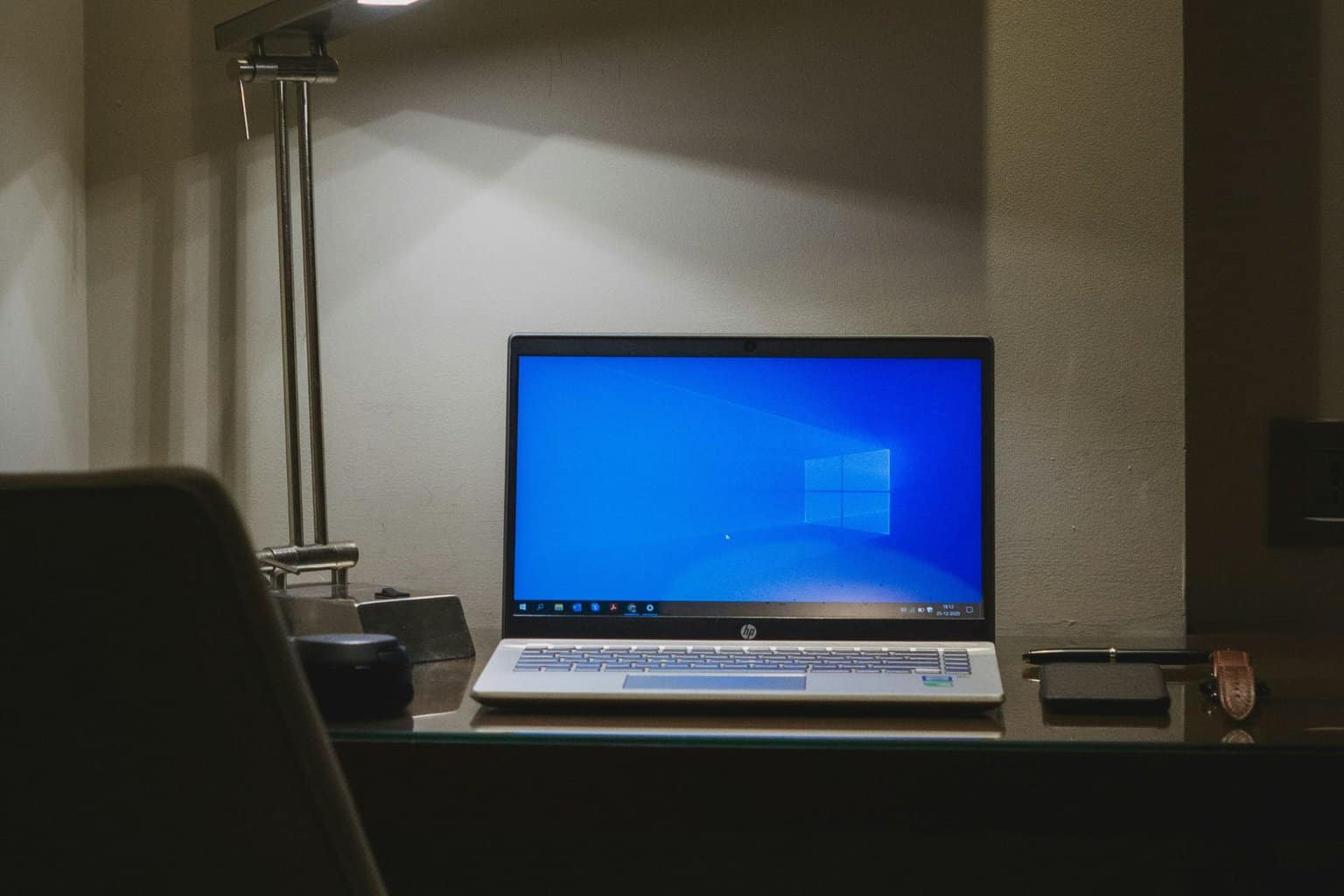

User forum
0 messages